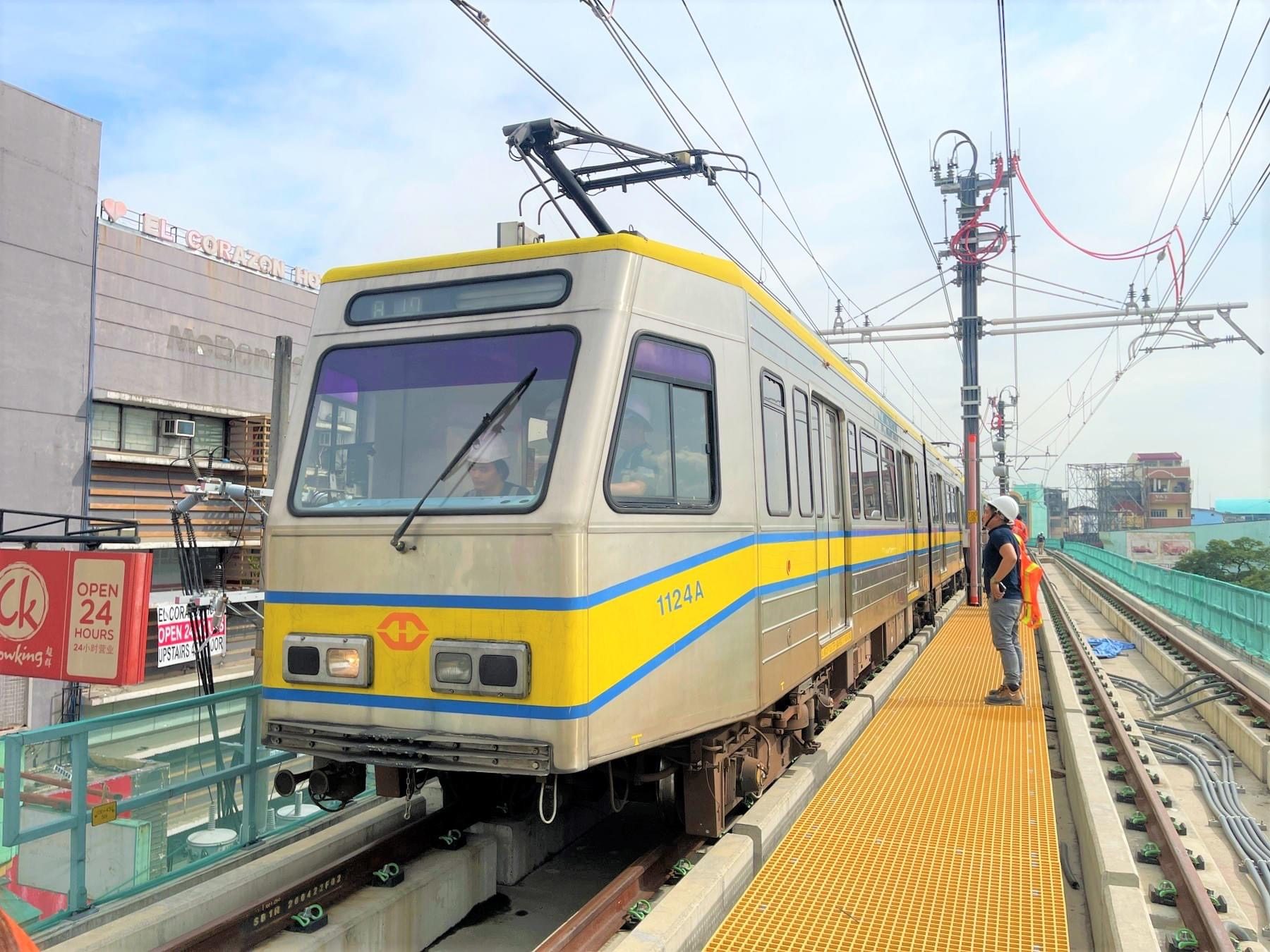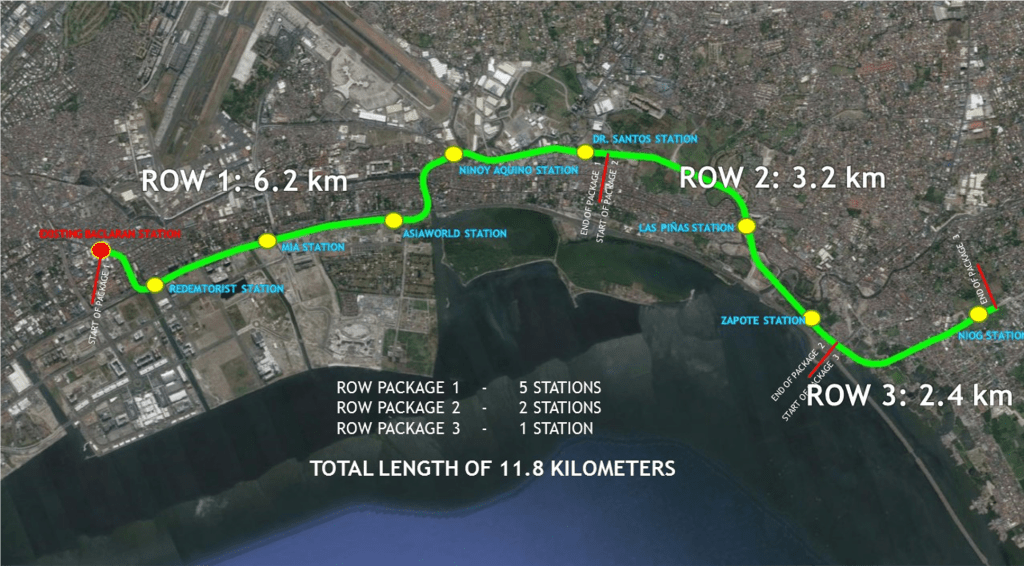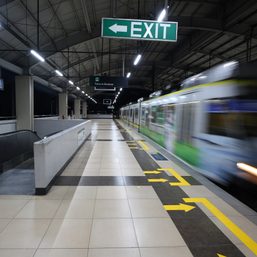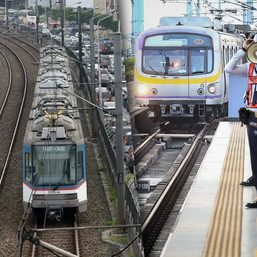SUMMARY
This is AI generated summarization, which may have errors. For context, always refer to the full article.

MANILA, Philippines – The Light Rail Transit Line 1 (LRT1) Cavite Extension Phase 1 is one step closer to launch after it completed its first successful test run on December 19.
With the extension, Filipinos living to the south of the metro will soon be able to take the railway, which also connects to the Light Rail Transit Line 2 (LRT2) and Metro Rail Transit Line 3 (MRT3).
Here’s what you need to know about the LRT1 Cavite Extension.
Stations
The Cavite Extension will connect from the existing southernmost station on the line, Baclaran Station. Phase 1 of the project includes five new stations running for 6.7 kilometers:
- Redemptorist-ASEANA Station
- Manila International Airport (MIA) Station
- Asia World Station
- Ninoy Aquino Station
- Dr. Santos Station
The Department of Transportation (DOTr) also promised that the new stations would have “state-of-the-art” facilities that include two elevators per station for persons with disabilities, escalators for northbound and southbound sides, detectable warning surfaces for visually impaired passengers, real-time passenger information systems, and breastfeeding rooms.
The MIA Station, like the name suggests, will be the closest station to the Ninoy Aquino International Airport (NAIA), although it will not connect directly to NAIA.
Meanwhile, Asia World Station will be directly connected to the Parañaque International Terminal Exchange or PITX, where commuters can board city and provincial buses.
Dr. Santos Station is also pitched to become a “major transit hub” with dedicated bays for different modes of transport such as modern jeepneys, tricycles, UV Express, buses, and motorcycle taxis.
There are three more stations planned aside from those in the first phase, namely:
- Las Piñas Station
- Zapote Station
- Niog Station
Once completed, the LRT1 Cavite Extension is expected to cut travel time between Pasay City and Cavite from an hour and a half to just 25 minutes.

Fares
Ticket prices for the stations that are part of the Cavite Extension will follow the same current fare matrix used by the rest of the LRT1 and LRT2 stations, which is a P13.29 boarding fare and a P1.21 distance fare per kilometer, according to Transportation Assistant Secretary for Railways Jorjette Aquino.
The fare from Baclaran Station, the current southernmost station, to Dr. Santos Station will be P25. The fare from the northernmost station, Fernando Poe Jr. Station, to Dr. Santos Station will be P45.
Timeline
The Light Rail Manila Corporation (LRMC) first broke ground for the new stations in May 2019, with physical construction beginning on September 29, 2019. The project then faced delays due to the COVID-19 pandemic.
As of June 2024, the project was at a 98.2% completion rate. In a site visit on June 7, Transportation Secretary Jaime Bautista reaffirmed that the five stations will start operations by year-end.
“The LRT1 Cavite project will contribute to easing the traffic. With the operations of the project, many will be able to connect to PITX, I think, that will help many passengers, as well as to the airport. With this, it will really improve accessibility and comfort to the riding public,” Bautista said in a mix of English and Filipino during his inspection of the Dr. Santos Station in Parañaque
Alstom – the LRMC’s engineering, procurement, and construction contractor – led the train test run on December 19. It was completed using a Generation 2 train set, which has the widest car body, to check for compatibility with station platforms, walkways, and cableways.
The LRMC plans to conduct more train test runs in the coming weeks using train sets of other generations traveling at various speeds and load capacities.
The contract for the Cavite extension project is handled by the LRMC, which is led by infrastructure giant Metro Pacific Investments Corporation and Ayala Corporation. – Rappler.com
Add a comment
How does this make you feel?





There are no comments yet. Add your comment to start the conversation.